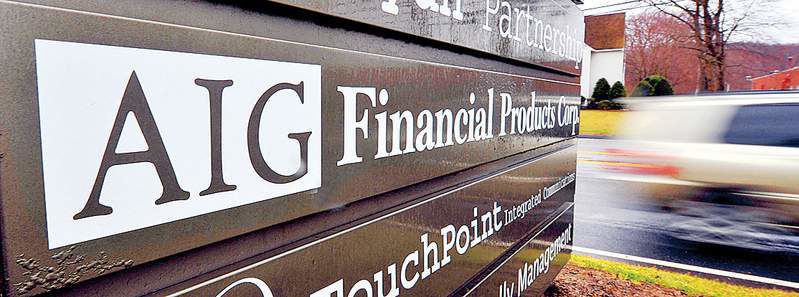State regulators raise doubts about AIG insurance companies
Published 5:00 am Friday, July 31, 2009

- Regulators are concerned that American International Group firms have been reducing their exposure by sending risk to other companies sometimes other AIG companies.
The dozens of insurance companies that make up the American International Group show signs of considerable weakness even after their corporate parent got the biggest bailout in history, a review of state regulatory filings shows.
Over time, the weaknesses could mean trouble for AIGs policyholders, and they raise difficult questions for regulators, who normally step in when an insurer gets into trouble.
State commissioners are supposed to keep insurers from writing new policies if they doubt whether the insurers can cover their claims.
But in AIGs case, regulators are eager for the insurers to keep writing new business, because they see it as the best hope of paying back taxpayers.
In the months since AIG received its $182 billion rescue from the Treasury and the Federal Reserve, state insurance regulators have said repeatedly that its core insurance operations were sound that the financial disaster was caused primarily by a small unit that dealt in exotic derivatives.
But state regulatory filings offer a different picture.
They show that AIGs individual insurance companies have been doing an unusual volume of business with each other for many years investing in each others stocks, sometimes in violation of state laws; borrowing from each others investment portfolios; and guaranteeing each others insurance policies, even when they have lacked the means to make good. Insurance examiners working for the states have occasionally flagged these activities, to little effect.
More ominously, many of AIGs insurance companies have reduced their own exposure by sending their risks to other companies, often under the same AIG umbrella.
Echoing state regulators public statements, the company said the interdependency of its businesses pose no problem and strongly disputed that any AIG companies had obligations that they were not able to pay.
There is absolutely no concern about the capital in these companies, said Rob Schimek, the chief financial officer of AIGs property and casualty insurance business.
Nothing is wrong with spreading risks to other companies, a practice known as reinsurance, when it is carried out with unrelated, solvent companies. It can also be acceptable in small amounts between related companies.
But AIGs companies have reinsured each other to such a large extent, experts say, that now billions of dollars worth of risks appear to have ended up at related companies that may lack the means to cover them.
An organization like this one relies on constant, ever-growing premium volume, so it can cover and pay for the deficits, said W.O. Myrick, a retired chief insurance examiner for Louisiana, who also ran that states liquidation bureau for bankrupt insurers. If AIGs incoming premiums shrink, he warned, the whole things going to collapse in on itself.
Myrick said his own recent review of many state filings raised serious concerns, particularly about the use of reinsurance to bounce things around inside the holding company group.
That is a method used by holding companies to falsify the liabilities, he said.
AIGs premiums have, in fact, been declining in key lines. Its ratings have fallen, and customers tend to steer clear of lower-rated insurers. To woo them back, AIG has in some cases lowered its prices, competitors say. AIG executives insist they would rather lose a customer than drive down prices dangerously.
The condition of AIGs individual companies is hard to see in the parent companys filings with the SEC, which simply tally all the individual subsidiaries financial information. The companies weaknesses emerge in their filings with state insurance regulators particularly when several are reviewed together.







